One of the great things about my STEAM coach role this year is that I get time to research new approaches to familiar units of inquiry. Last year I taught the Grade 3 Structures unit, but felt I wanted to explore the ideas of load and stress a little more scientifically.
The Structures unit of inquiry is part of the How the World Works transdisciplinary theme, with these as the lines of inquiry:
• Properties of building materials
• Considerations to take into account when building a structure
• Structures used for building
• Relationship between structure, design and function.
Why are we seeing so many circles, triangles and squares in structures? Which one is strongest in which ways?
One idea I came across this year was the simple idea of using a sheet of A4 paper to construct three simple towers, one triangular, one square and one circular in cross section. How many books would these hold up?
We made predictions first:
 The G3 students really got stuck into this investigation. Here, in G3P:
The G3 students really got stuck into this investigation. Here, in G3P:


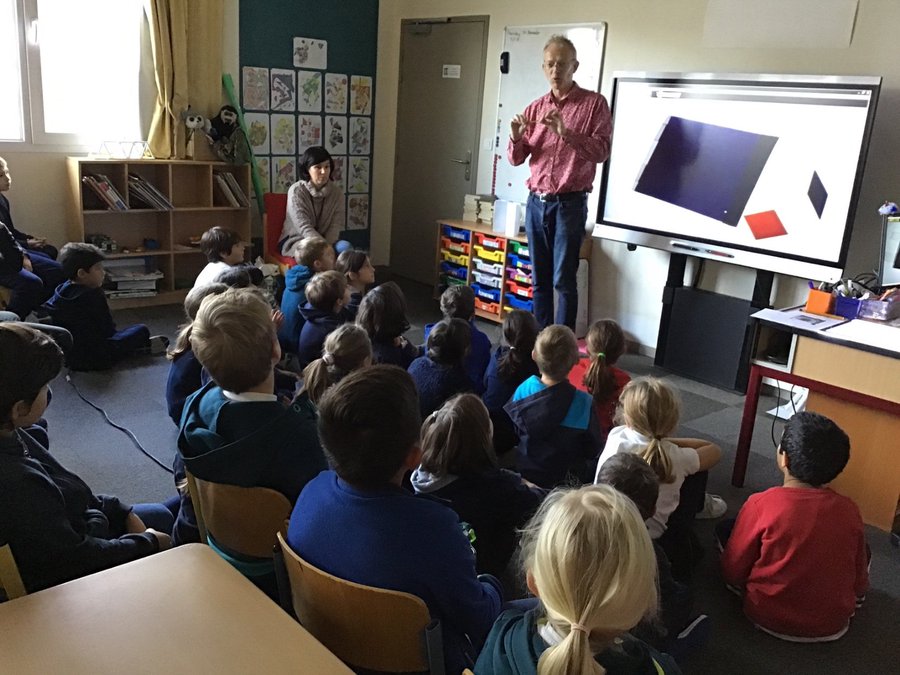
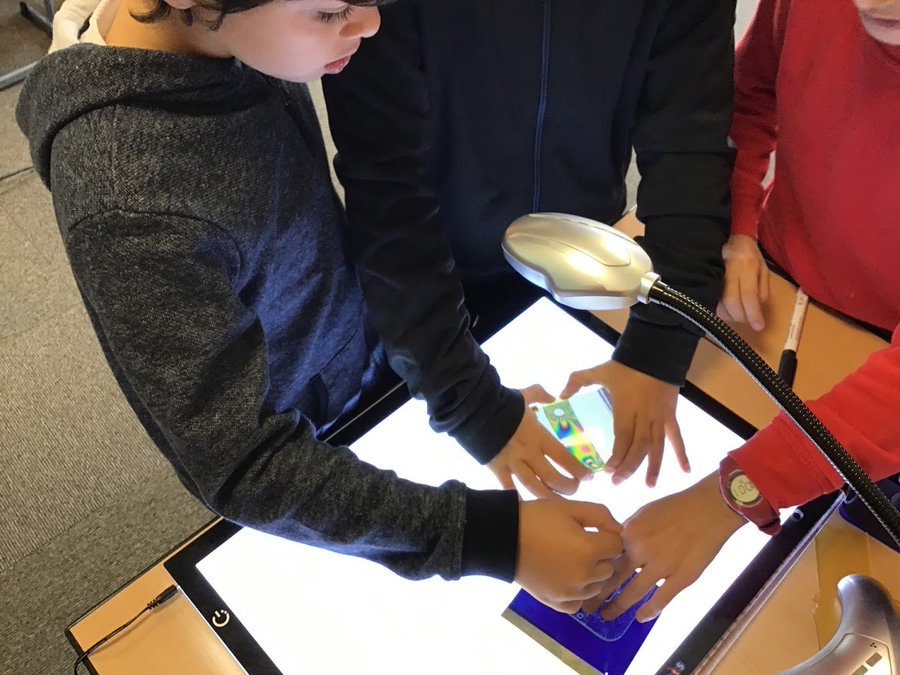
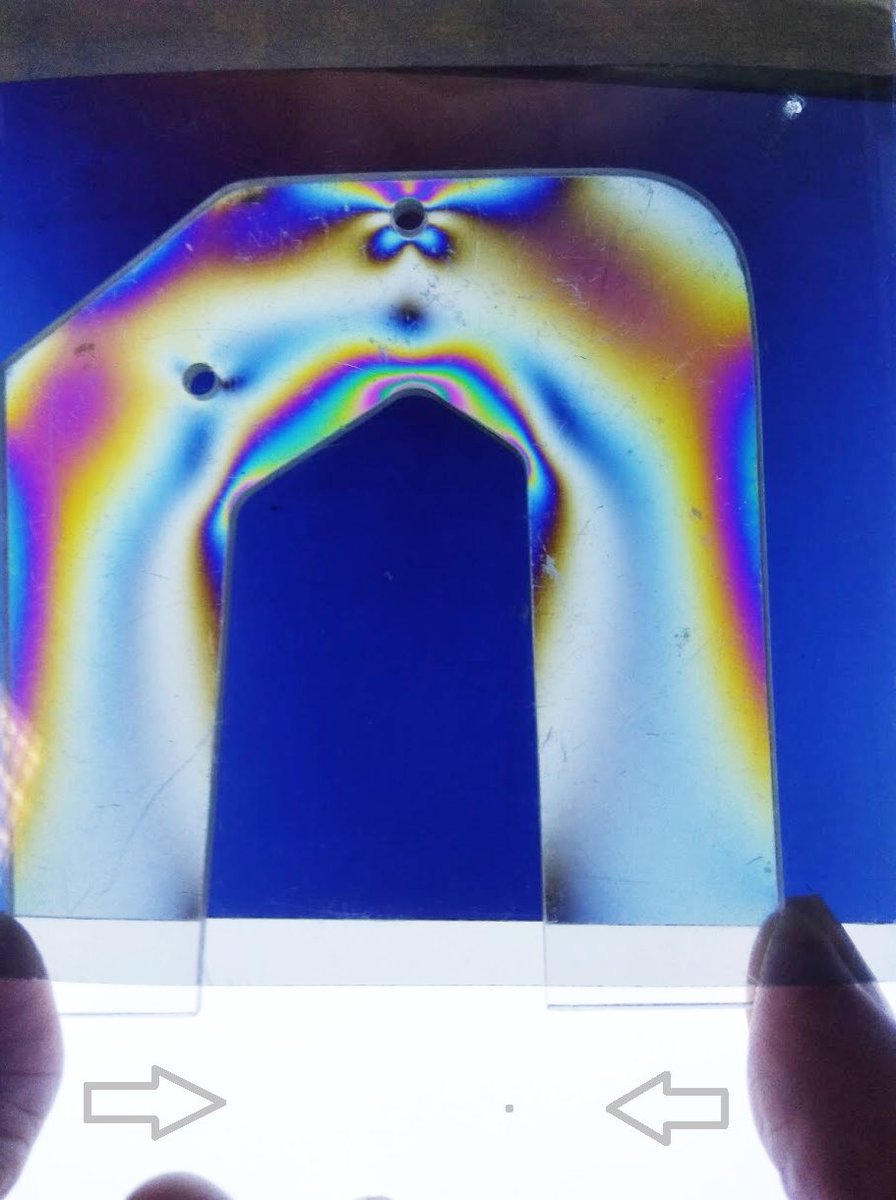
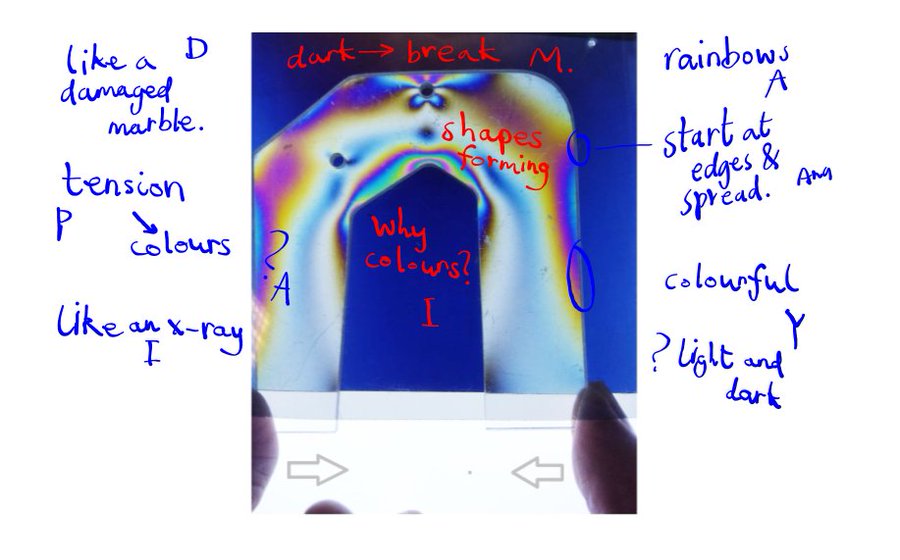
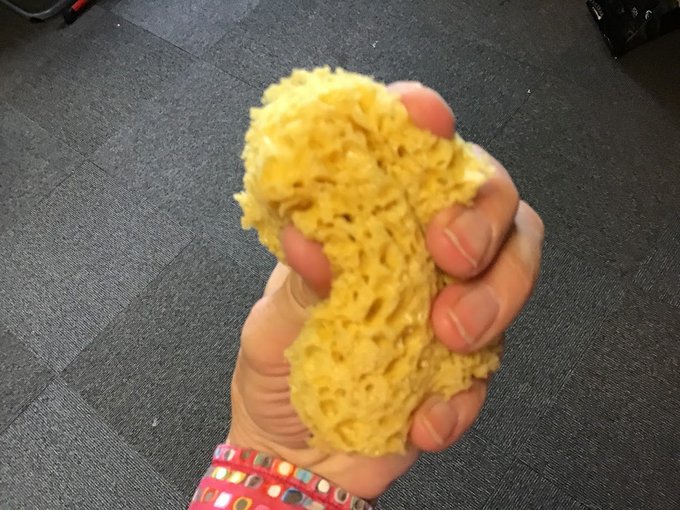
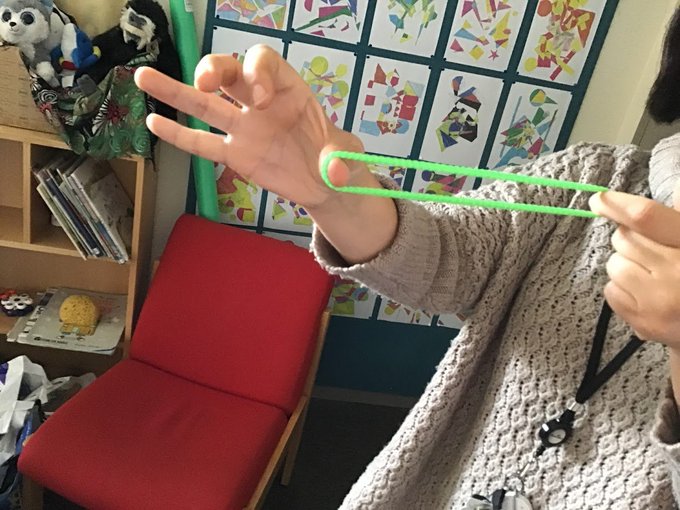
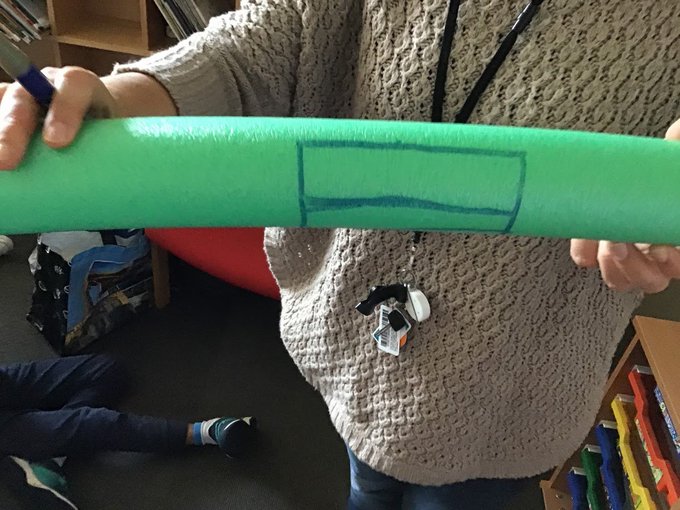
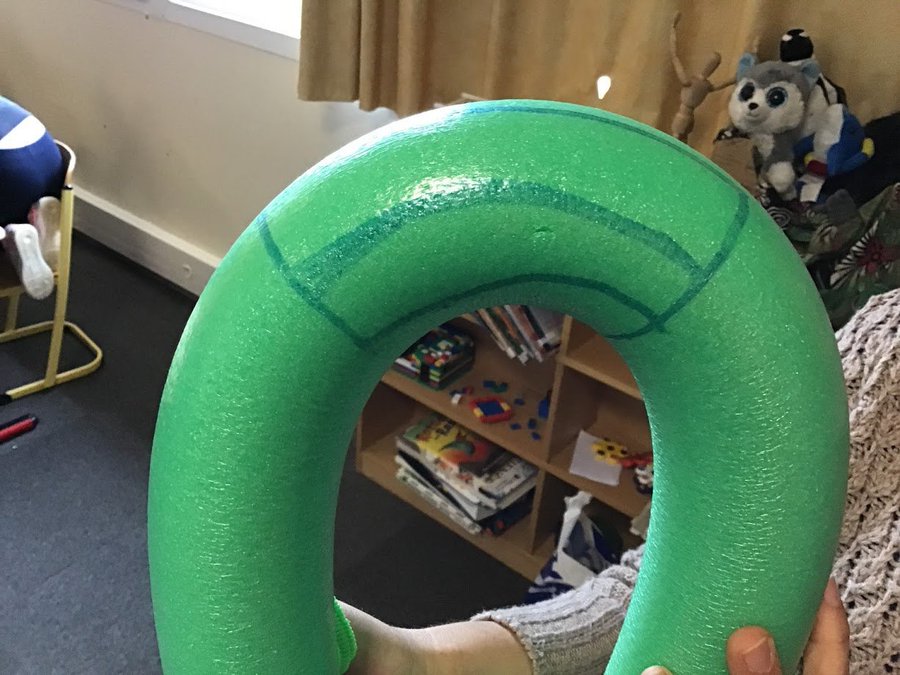
Mrs N wrote later to give her impression of the lesson:
The Structures unit of inquiry is part of the How the World Works transdisciplinary theme, with these as the lines of inquiry:
• Properties of building materials
• Considerations to take into account when building a structure
• Structures used for building
• Relationship between structure, design and function.
Why are we seeing so many circles, triangles and squares in structures? Which one is strongest in which ways?
One idea I came across this year was the simple idea of using a sheet of A4 paper to construct three simple towers, one triangular, one square and one circular in cross section. How many books would these hold up?
We made predictions first:
The results were similar in the two classes. With twelve groups getting similar results, we think the results are quite reliable.
And then, the big question is why? Why is the cylinder tower so much stronger? We don't know the answer, but here are some of our ideas. Maybe more than one of them is correct?
The following week, a mother of one of our Grade 3 students, Mrs N, who's a stress engineer, came into school and talked to us briefly about what being a stress engineer involves.

We also looked at some transparent plastic being pushed or pulled between two polarised filters.

Rainbow patterns start to appear. And the more the plastic is stressed, the more rainbows there are.

In pairs, we wrote about what we noticed and what we wondered.
We shared some of our observations and questions together:

Mrs N showed us a sponge, which you can squash. Engineers call this squashing 'compression'.

She pulled a hair tie too, to illustrate stretching, or as engineers call it, 'tension'.

She also drew a rectangle on a pool noodle:

When the pool noodle was bent, we could see what was happening with the rectangle:

This has started to give us more idea about what was going on inside those three towers.
We asked Mrs N about becoming an engineer. What do you need to be good at? She said that she had always enjoyed maths. She was also really curious about how things work and used to like to take things to pieces!
Mrs N wrote later to give her impression of the lesson:
"They were very clever and they could imagine what was happening in the sample without need of anybody to tell them.
I am amazed by the learning methodology at the school, letting kids think and solve the problems by themselves with just a guidance of the teacher instead of teachers/adults lecturing them. I am sure this has a positive effect on their learning."There are still questions though. What is it that makes the cylinder pillar stronger? Would several smaller pillars be smaller than one? What if the pillars were covering exactly the same area? If we have time, we may investigate further.



This Post Definitely Helped Me Learn Why We Are Seeing So Many Structures.
ReplyDelete